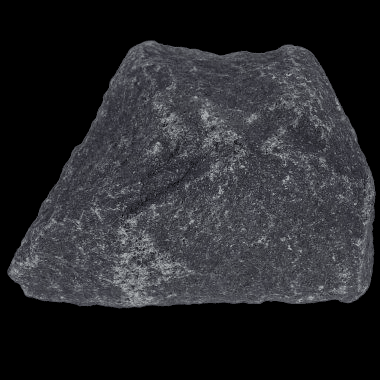- “Bringing The Past, Into the Future”
- +44 (0) 1204 388754

PRODUCTS BY WEIGHT
BOX SETS
PLASTIC DISPLAY PRODUCTS
PRODUCTS BY WEIGHT
BOX SETS
PLASTIC DISPLAY PRODUCTS
Specimens of Basalt, collected from Northern Ireland. Basalt is a common, extrusive igneous rock, that forms when magma erupts and cools quickly on the Earth’s surface. These specimens are part of the Antrim lava group and date to the Tertiary period, around 60 million years ago. This is the same as the Basalt that makes up the famous Giant’s Causeway. The chemistry of these specimens suggests that the rock is olivine basalt, and comprises plagioclase feldspar, olivine and augite. These specimens are available in multiple sizes and come in a white card tray with an information label.
We also supply Basalt thin sections for microscope study which are available to buy HERE.
10 in stock
Biotite muscovite granite specimens from St. Austell in Cornwall, UK of Permian age is a coarse grained igneous rock composed of quartz, plagioclase feldspar, biotite and muscovite. The rock is part of the St. Austell pluton which formed 280 million years ago. An off white colour with gold and black flecks of micas, the rock has a unique chemistry and resulted in the rich mineralisation of ores in the area. The samples are suitable for collectors and educational use to show granite variants, available in three sizes. Each piece will come supplied in a card tray with an information label.
We also supply Biotite Muscovite Granite thin sections for microscope study which are available to buy HERE.
75 in stock
Diorite rock specimens from Cockermouth, Cumbria, is an intrusive igneous rock from the Ordovician period with a coarse, phaneratic texture composed of plagioclase feldspar, biotite mica as well as hornblende with intermediate chemistry. Found with the Skiddaw group, the rock samples are more suited for serious collectors and higher level education to describe the chemistry and mineralogy of various igneous groups. Available in 3 sizes and supplied in a card tray with an information label.
We also supply Diorite thin sections for microscope study which are available to buy HERE.
73 in stock
Gabbro igneous rock specimens from Balmedie quarry, Aberdeen, Scotland which exhibit a coars grained texture from the crystals. Formed as a mafic pluton intrusion, the samples contain pyroxenes such as augite along side plagioclase feldspar, amphibole and olivine crystals. They are derived from a body known as the Belhelvie basic intrusion which the parent unit being the Caledonian Supersuite. Samples exhibit a grey colouration and density and are suitable for the more serious or professional collector or higher educational use to differentiate similar looking igneous rocks with different compositions and origins. Available in three sizes, the specimens come supplied in a card tray with an information label.
We also supply Gabbro thin sections for microscope study which are available to buy HERE.
27 in stock